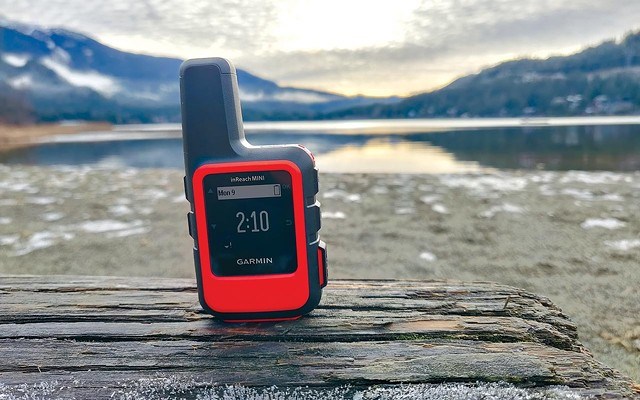Having experienced the fickle life of a gear junkie in the past, I am now a firm believer in buying things that I need, not things that I want or unnecessarily replacing equipment that is perfectly fine. Doing so might help the economy, but it can also come at an environmental cost, a cost higher than we all realize. So if you made it through the Turkey Sale and the Black Friday/Cyber Monday consumerism cage fights without any frivolous spending, I salute you.
Spending a bunch of money on ourselves makes us feel good, but just like recreational drugs, the high is only temporary. Leading up to purchase time we have countless internal debates about whether this shiny new product is worth our money, on which brand/model/colour is really our favourite and whether our bank account can handle such atomic devastation. Then, when we actually do pull the trigger, we inevitably start checking around to see if we got the best deal, we realize we might have actually wanted the other brand/model/colour and rent is due next week. Such is buyer's remorse.
While I'll exercise resistance against sales season, I'm less against holiday-gift season because the spirit is to buy things for others. With that in mind, here are some gift buying options that will be of more use in keeping your love alive this winter, rather than just looking good on the hill.
Garmin InReach Mini satellite communicator ($449)
This is probably the most important piece of gear after your avalanche safety equipment. I'll say this right here; this device is more likely to save your life in the backcountry than an avalanche airbag. The highest chance of survival is always with the fastest response time; if search and rescue hear about your situation sooner they can get to you sooner. With the two-way communication of the inReach, rescuers can even text you for more details about the scene and relay instructions. It does come with a subscription fee which starts at about $15 per month.
Garmin does make the more expensive SE and Explore models, which have more functions, but the Mini pairs with a cell phone for most of those conveniences and can still trigger an SOS if all phones are dead. Avoid the cheaper competitor Spot X, as this product has had well-documented issues with signal reliability and build quality.
Backcountry safety course (prices vary)
Give the gift of knowledge—not stuff—this holiday season. The two-day Avalanche Skills Training (AST) Level 1 course is the best place to start for backcountry beginners and comes in at around $300. If your gift recipient has a couple of years of experience, the four-day AST 2 ($600) is well worth the investment. One course many aspiring backcountry folks overlook is crevasse rescue training ($325+). Being able to fish your friend out of an icy hole with a rope, improvised anchor and Z-pulley system is essential for anyone wishing to ski tour on glaciers, especially during the early winter and spring months. Pick up a gift card for one of our local guide bureaus as a contribution to said course and your loved one will have no choice but to sign up.
Staying Alive in Avalanche Terrain by Bruce Tremper ($29.95)
The one avalanche book to rule them all. Unless you plan on pursuing education as an avalanche forecaster, this book will pretty much have all the theory you need to stay safe. What it doesn't provide is the experience and wisdom of good decision making in avalanche terrain. You'll have to go out and earn that yourself in the field. Staying Alive in Avalanche Terrain comes complimentary with pretty much every AST Level 2 course, so it's worth saving up the time and money and do the course before or while reading this book from cover to cover. For more reasons to pick this up (and actual read it), look up "The Outsider" archives for "A 2019 avalanche education challenge: Whistler, read this book" (January 26, 2019, www.piquenewsmagazine.com).
Hip Flask ($20 and up)
OK, a hip flask won't really keep them any safer, but you never know when your special someone might need a swig of courage in the backcountry. GSI makes the rugged yet surprisingly stylish Boulder 10, which can purportedly survive being dropped off a cliff and is also BPA-free. Stanley make a range of stainless steel options but can be a tad heavy for the weight weenies. If you want to buy the best of both worlds, pay the premium and pick up a titanium flask.
Shop wisely this holiday season and stay safe in the backcountry.
Find the original article here.




